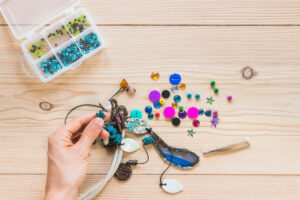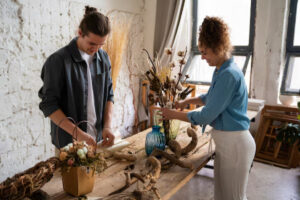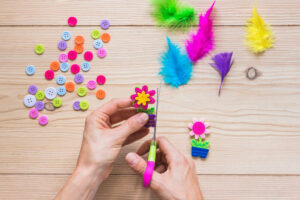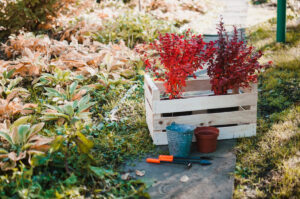The DIY & Crafts Blog
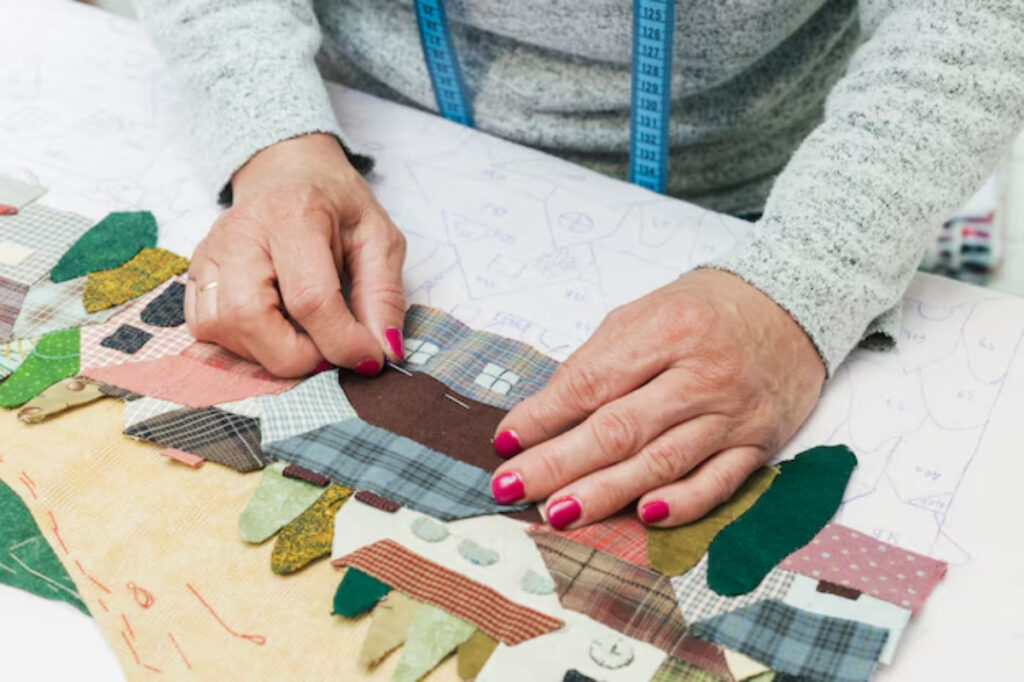
How to Make a Patchwork Quilt from Old Fabrics
A patchwork quilt is a practical way to use old fabrics. It turns them into something warm and meaningful. Do you have old clothes, fabric scraps, or sentimental textiles? You can turn them into a cosy quilt. Repurpose them into a snuggly masterpiece!
This quilt guide will help you design, cut, piece, and sew your first quilt.
This project showcases DIY fabric crafts. It is great for both beginners and experienced crafters. It uses recycled textiles to support sustainability and adds a personal touch to your home.
Why Make a Patchwork Quilt?
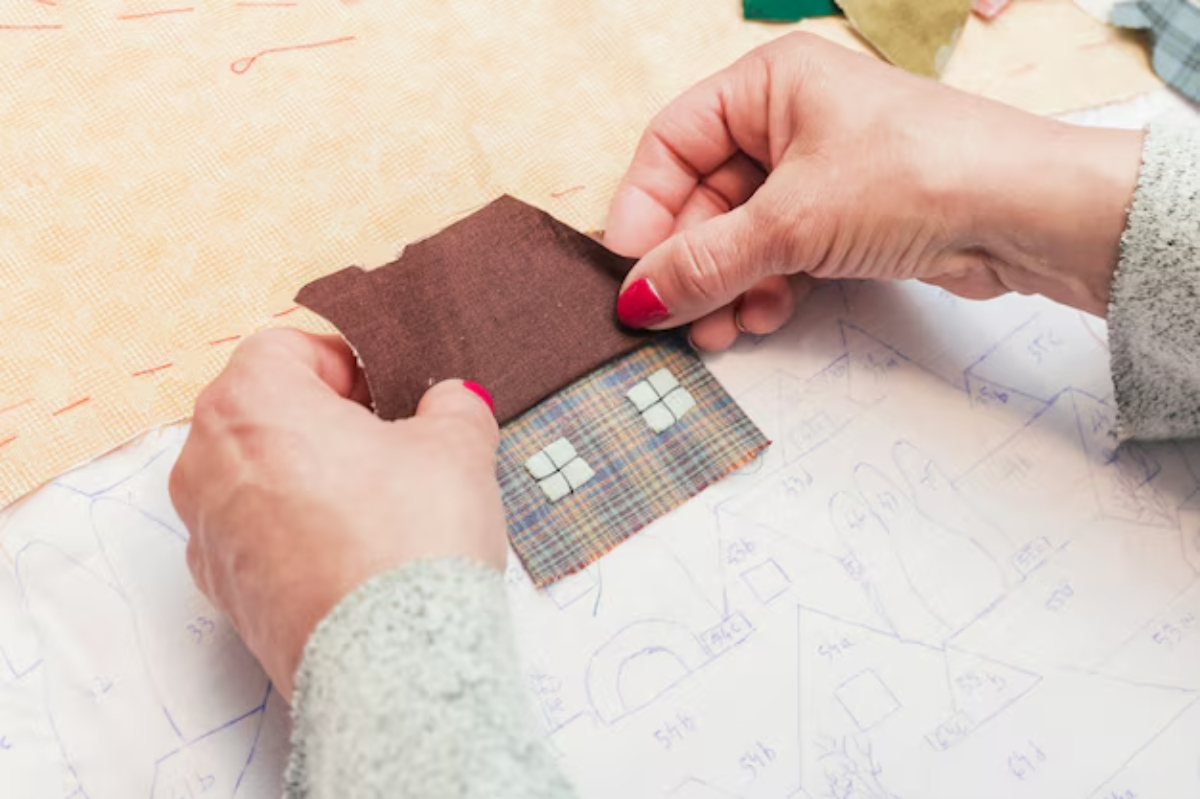
1. Eco-Friendly and Sustainable
- Reduces Textile Waste: Millions of textiles end up in landfills each year. Upcycling old fabrics into quilts prevents unnecessary waste.
- Encourages Sustainable Living: Reusing old clothes and scraps cuts down on environmental harm instead of buying new materials.
- Ethical Crafting Choice: Handmade quilts cut down on mass-produced textiles. This helps save water and energy.
2. Cost-effective and Personalised
- Save Money: Make your quilts with easy-to-find fabric instead of buying costly ones.
- Keepsake Value: Turning old clothes from loved ones into a quilt adds sentimental value, making the quilt a treasured heirloom.
- Unique and Customizable: Every quilt shares a story with its patterns, colours, and textures, making each one truly special.
3. A Fun and Rewarding DIY Project
- Quilting is a relaxing and fulfilling hobby that combines creativity with practicality.
- It allows you to experiment with colours, patterns, and textures to develop your design style.
- Depending on your needs and available fabric, you can create different quilt sizes—from lap blankets to full-sized bedspreads.
Pro Tip: If you’re a quilting novice, use square patches to master the basics.
Materials Needed for a Patchwork Quilt
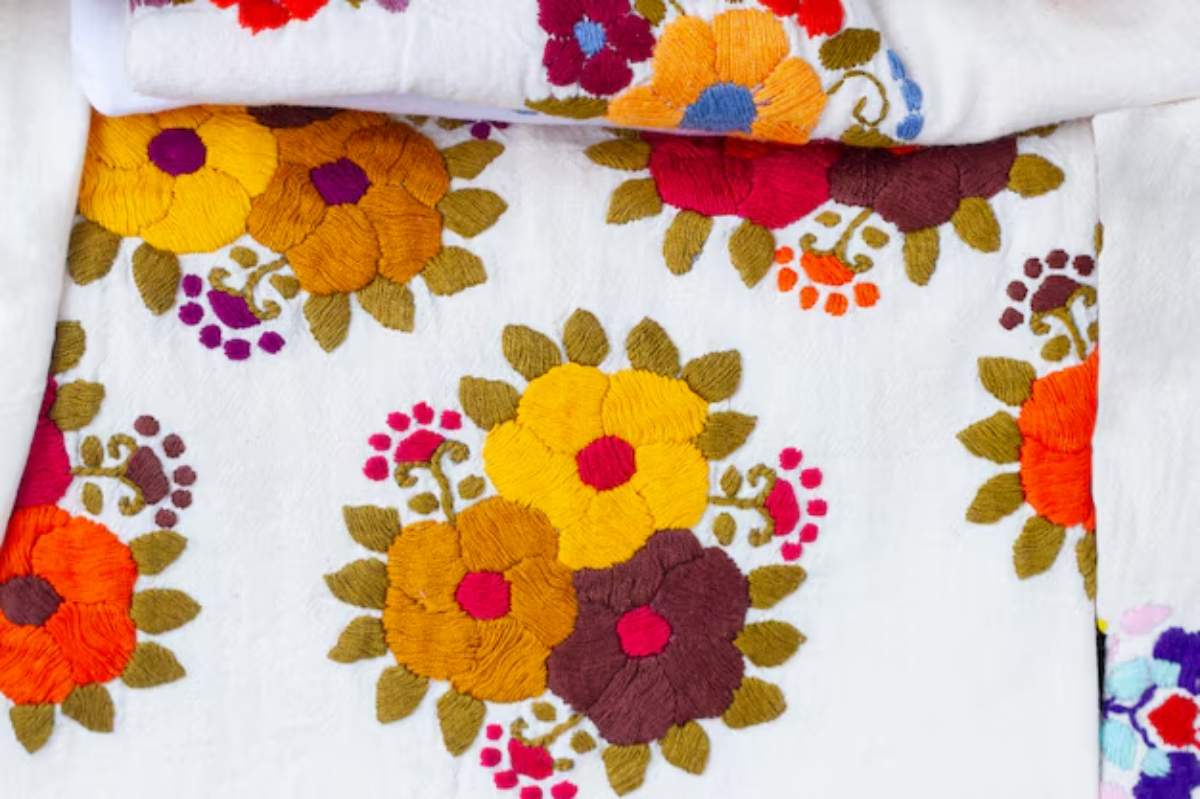
Before starting, gather the essential supplies:
- Old fabric scraps or clothing (cotton, linen, denim, or other non-stretch fabrics work best)
- Fabric scissors or rotary cutter
- Cutting mat and ruler
- Sewing machine (or needle and thread for hand-stitching)
- Pins or fabric clips
- Iron and ironing board
- Batting (quilt filling)
- Backing fabric (to finish the underside of the quilt)
- Thread (matching or contrasting, based on preference)
Quick Guide to Make a Patchwork Quilt
1. Choose and Prepare Your Fabrics
- Select a mix of fabrics with complementary colours and patterns.
- Wash and iron all fabrics to prevent shrinkage and remove dirt or chemicals.
- Cut the fabric into equal squares or rectangles. Depending on your design, common sizes are 4” x 4” to 10” x 10″.
Important Tip: Quilting is a dance of patience; don’t rush the cutting or sewing steps.
2. Plan Your Quilt Layout
- Arrange the fabric pieces on a flat surface to determine the design before sewing.
- Experiment with different colour patterns—traditional checkerboard, random mix, or gradient effects.
- Take a photo of your layout for reference while sewing.
3. Sew the Quilt Top
- Sew each row of fabric pieces together using a ¼-inch seam allowance.
- Press the seams flat with an iron to reduce bulk and improve the final look.
- Once all rows are assembled, sew the rows together to complete the quilt top.
4. Assemble the Quilt Layers
- Lay the quilt backing fabric flat, right side facing down.
- Place the batting layer on top of the backing.
- Position the quilt top (right side up) on the batting.
- Smooth out any wrinkles and pin all layers together.
5. Quilting the Layers Together
- Use a sewing machine or hand-stitching to quilt the layers together.
- Choose a quilting technique such as straight-line stitching, diagonal patterns, or free-motion quilting.
- Stitch along the fabric seams or create unique decorative stitching for added texture.
6. Finish the Edges
- Trim any excess fabric and batting.
- Wrap fabric strips around the edges. This will cover the raw seams and make the quilt look polished.
- Fold and stitch the binding in place, ensuring a clean and professional finish.
Important Tip: Use High-Quality Thread: Use durable thread to keep your quilt standing the test of time.
Creative Patchwork Quilt Ideas
1. Memory Quilts
- Use old baby clothes, T-shirts, or family garments to create a sentimental keepsake.
- Add embroidered names, dates, or quotes to personalise the quilt.
2. Seasonal or Holiday Quilts
- Design themed quilts with festive fabric choices for Christmas, Halloween, or summer.
- Use red, green, and white patches for a Christmas quilt. For a fall design, choose warm autumn colours.
3. Denim Patchwork Quilts
- Repurpose old jeans to create a sturdy, stylish quilt.
- Mix different denim washes and textures for a unique patchwork effect.
- Great for picnic blankets or rustic home decor.
4. Minimalist and Modern Designs
- Use solid-colour fabric scraps for a chic, contemporary quilt.
- Experiment with geometric patterns like triangles or hexagons.
Secret Tip: Use embroidery, fabric paint, or cute appliqués to show your style.
FAQs on Patchwork Quilting
- What are the best fabrics for a patchwork quilt?
Natural fabrics like cotton, linen, and denim work best as they are easy to sew and durable. - Do I need a sewing machine to make a quilt?
No, you can hand-stitch a quilt, but a sewing machine speeds up the process and provides sturdier seams. - How do I stop the fabric from fraying?
Use pinking shears, fabric glue, or sew a zigzag stitch along the edges to prevent fraying. - Can I quilt without batting?
Yes, but batting adds warmth and structure. If you prefer a lighter quilt, use flannel or fleece as a backing. - How do I care for my patchwork quilt?
To preserve fabric quality, wash on a gentle cycle with a mild detergent and air dry or tumble dry on low.
Start Your Patchwork Quilt Project Today!
A patchwork quilt is more than just a blanket. It’s an actual labour of love. It combines creativity, sustainability, and practicality. This guide helps you start your DIY fabric crafts. You can also join in on recycled textile projects.
So, gather your old fabrics, unleash your creativity, and start quilting today! Your handmade quilt will be a treasured item for years, whether for yourself or as a gift. Share your creations in the comments or with fellow craft enthusiasts—happy quilting!



